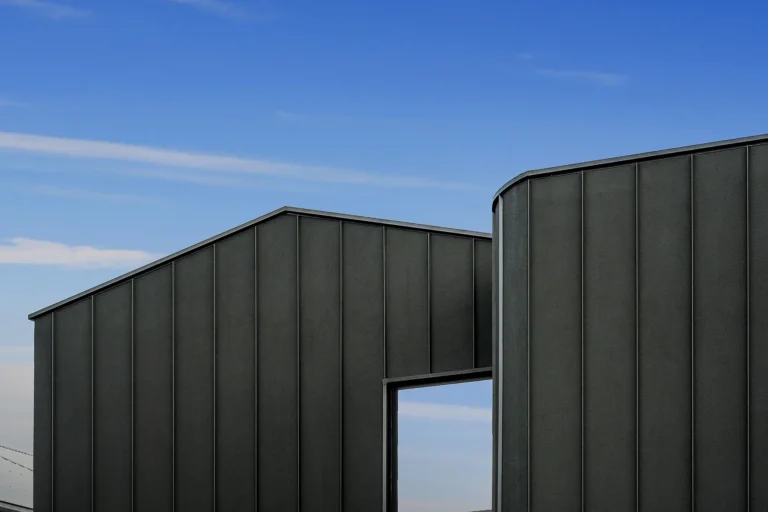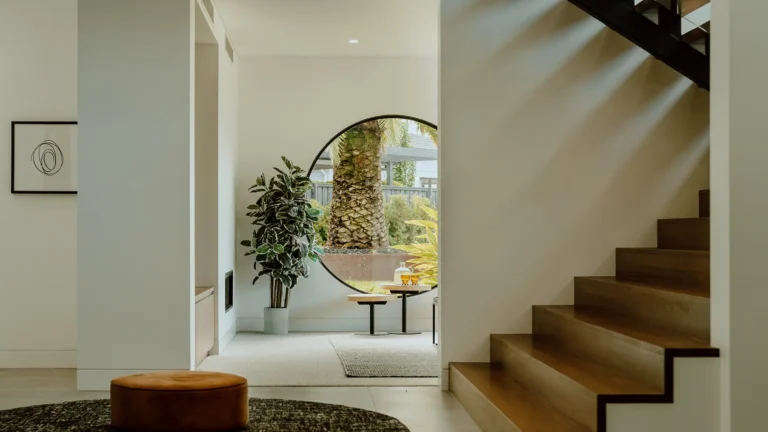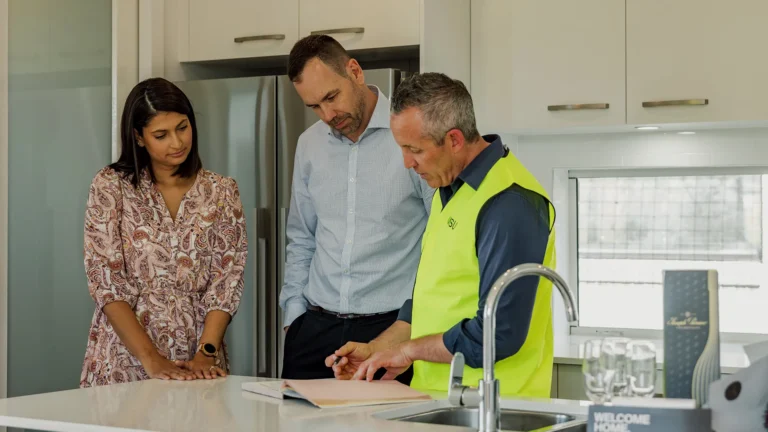Article • September 5, 2024
Timber Vs Metal Frames: What’s The Best Choice?
By IMSU Team
When building a new home, one of the key decisions you’ll need to make is choosing the right framing material.
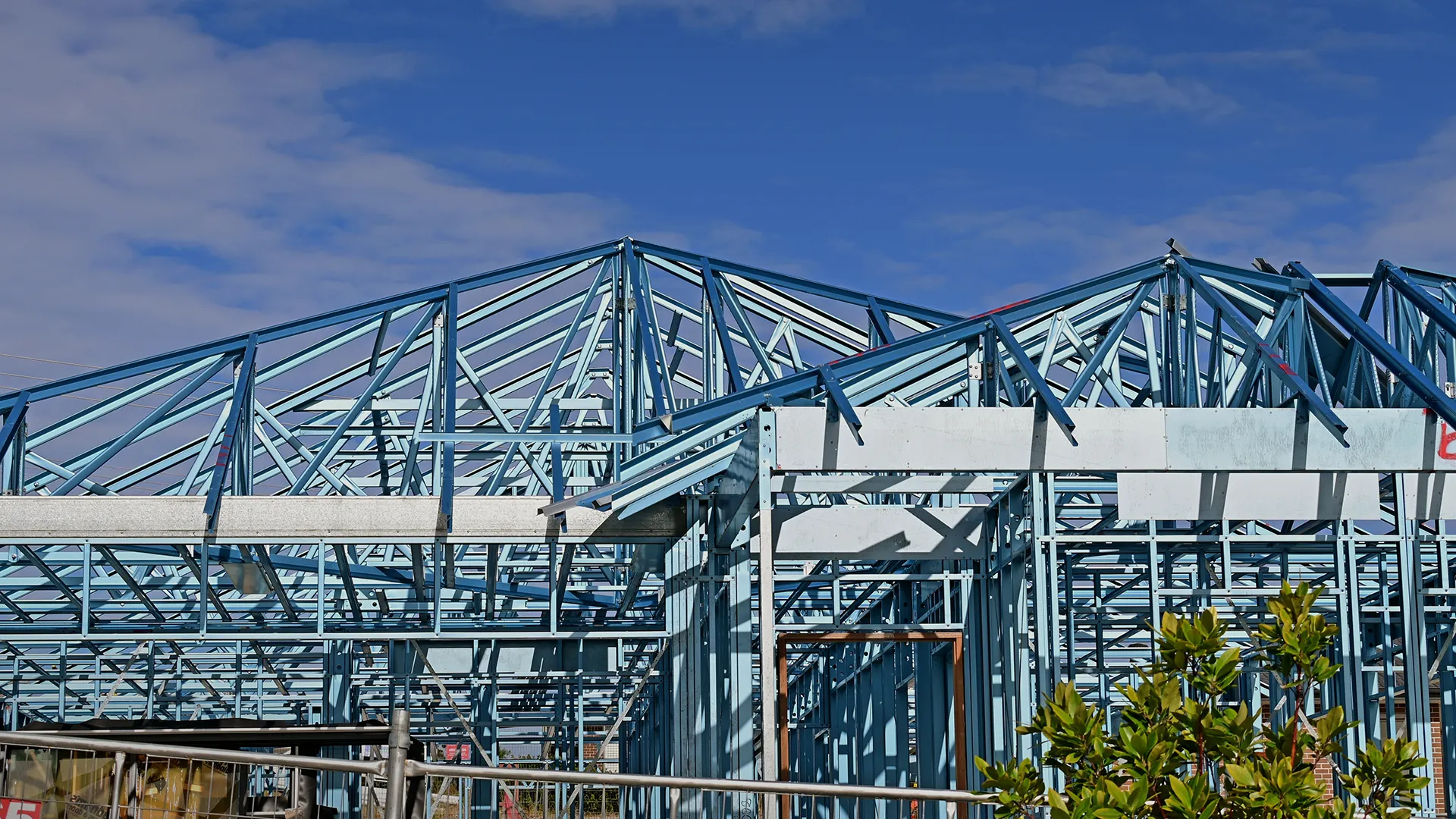
Timber has been used in construction for centuries, and for good reason. Timber frames are strong, reliable, and have a proven track record of durability. Modern timber treatments make the wood resistant to termites, rot, and decay, ensuring the structure remains solid for decades. However, timber is still susceptible to damage from pests and moisture if not properly treated and maintained.
Metal frames, typically made from steel, are incredibly durable and resistant to many of the issues that can affect timber. They are immune to termites, rot, and fire, making them a particularly robust choice for homes in bushfire-prone areas or regions with high termite activity. Metal frames are also highly resistant to warping, shrinking, or twisting over time, which can be an advantage in maintaining the structural integrity of your home.
Timber frames are relatively easy to work with, allowing for faster and more flexible construction. Builders can easily modify timber on-site if changes are needed, which can be particularly useful in custom builds. The natural flexibility of wood also allows for better handling of minor movements or settling in the building over time.
Metal frames are pre-engineered and arrive on-site ready to be assembled, which can speed up the construction process. However, they require precise measurements and professional installation, as any adjustments typically need to be made in a factory rather than on-site. This can make the construction process less flexible compared to timber.
Timber is a renewable resource, and when sourced from sustainable plantations, it has a lower environmental impact than many other building materials. Additionally, timber stores carbon, which can help reduce the overall carbon footprint of your home. However, it’s important to ensure that the timber used is certified by recognised sustainability standards.
Metal, particularly steel, is highly recyclable, which makes it a sustainable option in terms of end-of-life disposal. However, the production of metal frames requires significant energy, resulting in a higher carbon footprint during the manufacturing process compared to timber. That said, the longevity and recyclability of metal frames can offset some of these environmental concerns over the life of the building.
Timber is a natural insulator, which means it has better thermal performance than metal. This can contribute to better energy efficiency in your home, helping to keep it cooler in summer and warmer in winter. Timber’s insulating properties can reduce the need for additional insulation materials, potentially lowering construction costs.
Metal, being a conductor, does not provide the same level of insulation as timber. Without proper thermal breaks, metal frames can contribute to heat transfer, leading to potential energy efficiency issues. However, modern building techniques often include insulation systems that mitigate these effects, ensuring that homes with metal frames can still meet energy efficiency standards.
Generally, timber frames are more cost-effective upfront compared to metal frames. The material is widely available, and the ease of construction can reduce labour costs. However, it’s important to consider long-term maintenance costs, as untreated timber may require more upkeep over time.
Metal frames tend to be more expensive initially due to higher material costs and the need for precise engineering and installation. However, their durability and low maintenance requirements can make them more cost-effective over the long term. This is especially true in areas where termites or bushfires are a concern, as metal frames offer superior resistance to these threats.
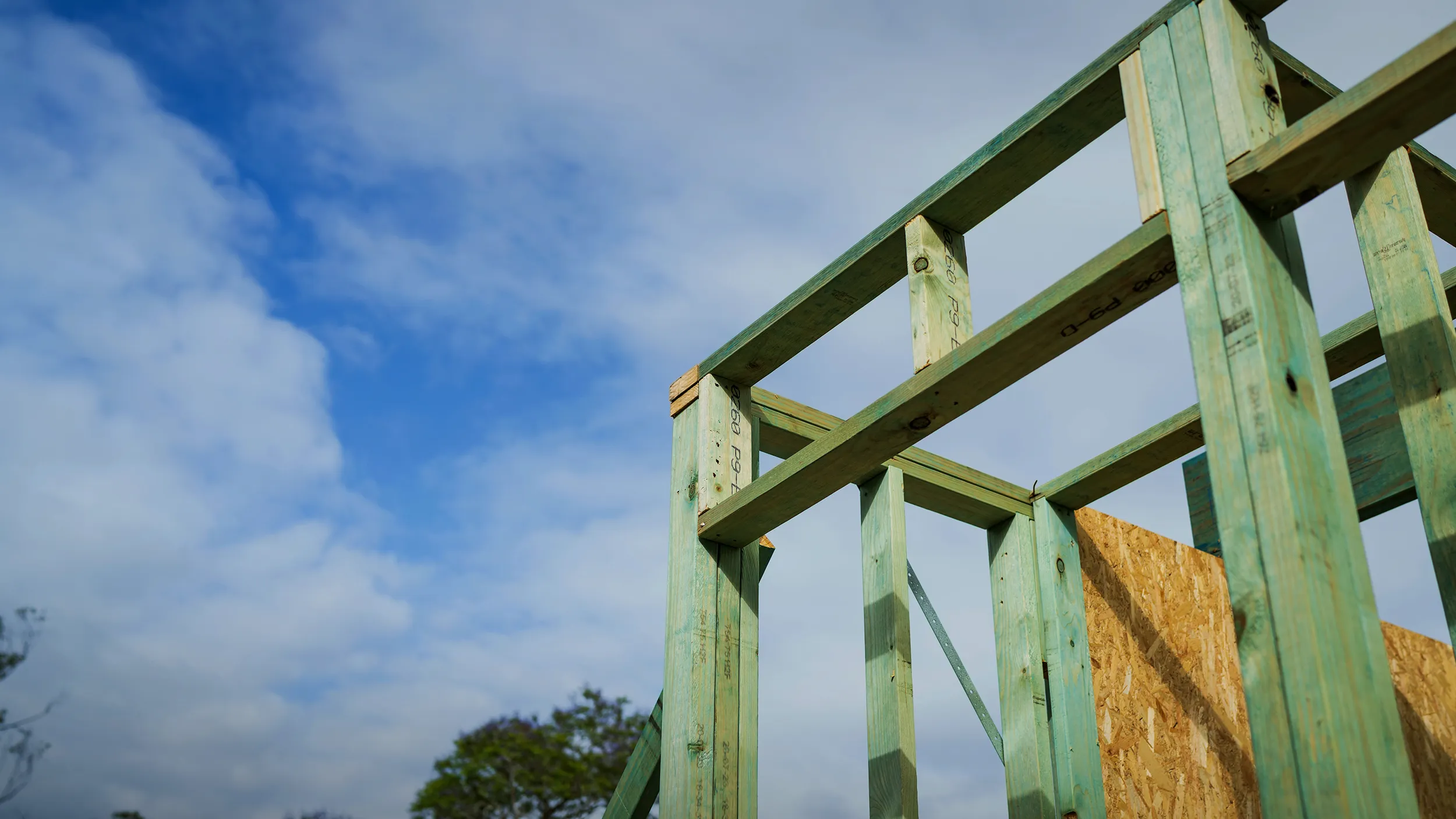
Both timber and metal frames have their own unique advantages, and the best choice for your home depends on various factors, including your budget, location, and personal preferences. Timber offers natural insulation, ease of construction, and sustainability, making it an excellent choice for many Australian homes. On the other hand, metal frames provide superior durability, fire resistance, and termite protection, which can be critical in certain environments.
At IMSU, we’re here to help you make the right choice for your new home. Want some advice on what type of frame might be best for your new build? Contact us today to learn more about how we can help bring your vision to life.
Continue Reading
Article • November 18, 2024
Choosing the Perfect Facade For Your New Home
Essential Tips for Building Your Dream Home
What Does Great Customer Service Look Like in Homebuilding?
Start Your Dream
Home Journey
Feeling inspired?
The first step in your dream home journey starts with a single click.


